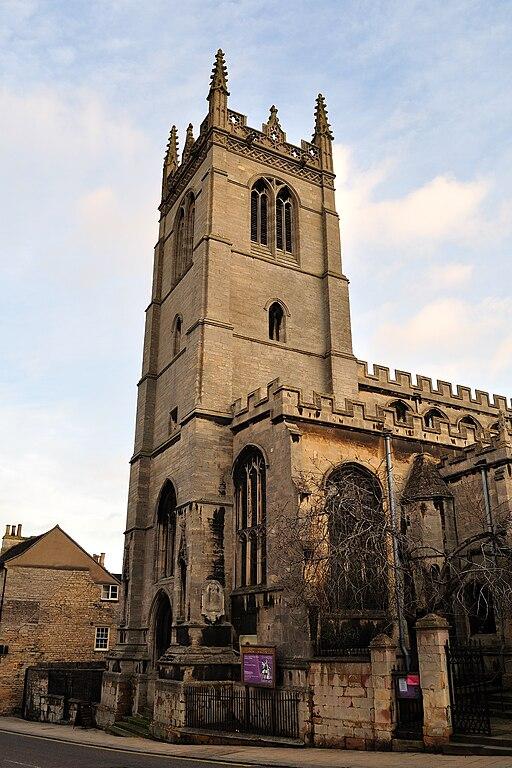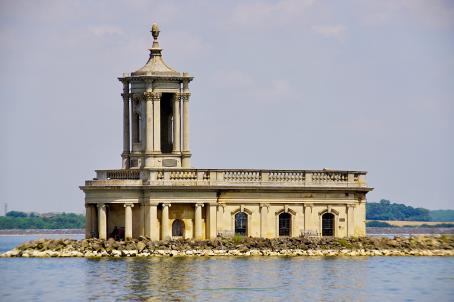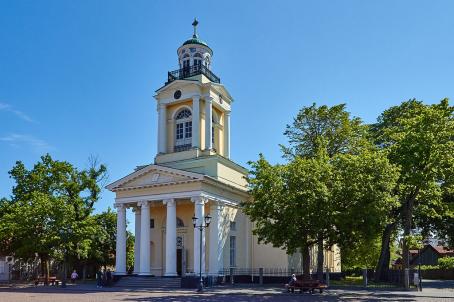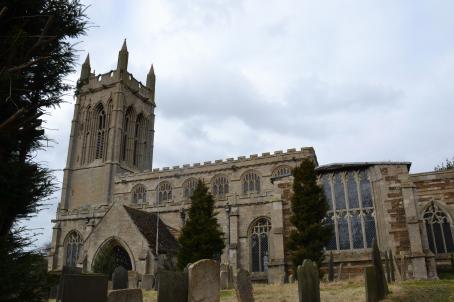St Martin's Church, Stamford
St Martin's Church at Stamford was first erected between 1133 and 1147 by Martin de Vecti.
About this building
It is believed that the church wa destroyed during the Wars of the Roses by Lancastrian forces in 1461. It was rebuilt between 1482-85 in the perpendicular style. The church was reordered in 1843 by Edward Browning and a new pulpit was installed. In 1865, the Cecil Chapel was extended to the north. A new nave roof was added in the 19th century and 1890, a new organ was installed. In 1920-30, new screen and pulpit were added.






